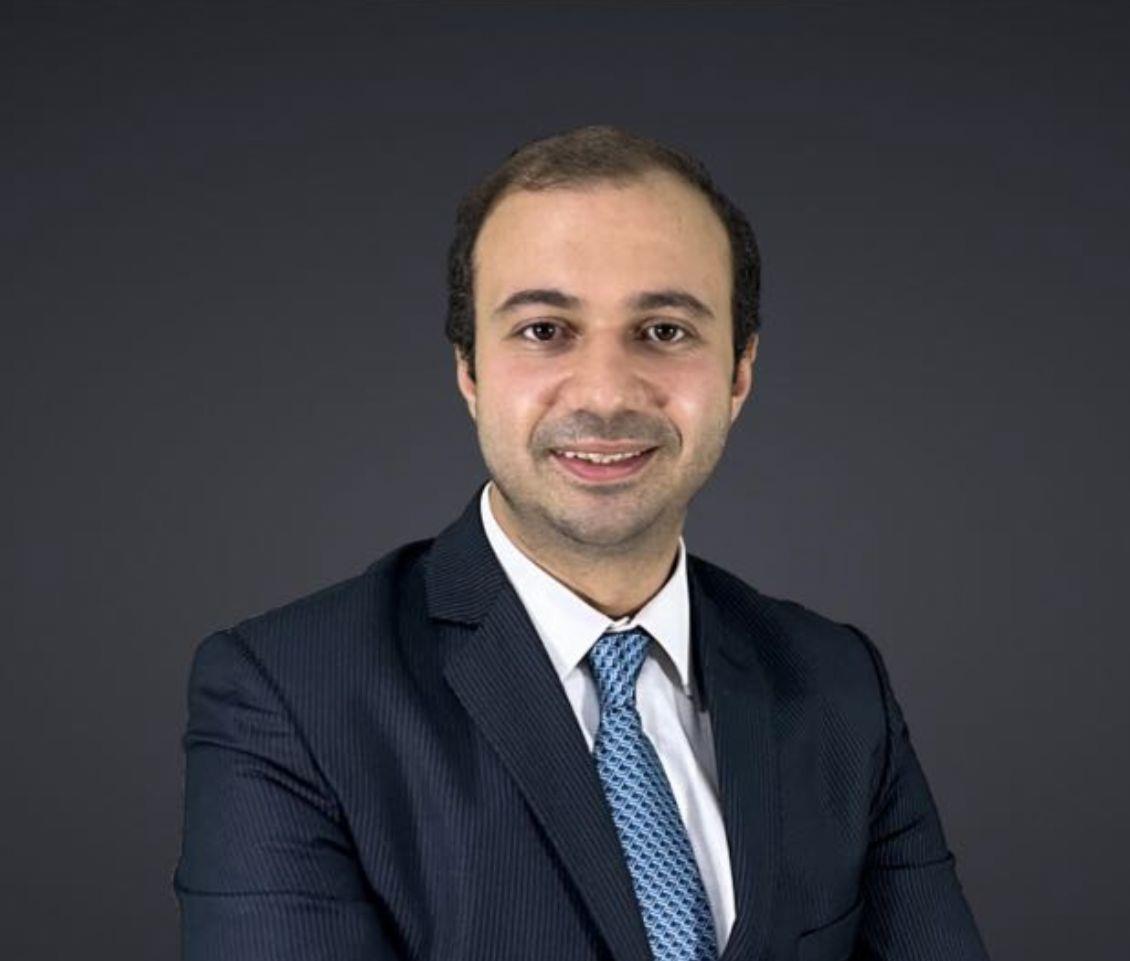
Opinion Bridging Climate Finance Gap: Navigating Adaptation Needs And Funding Challenges
A Plethora of Needs:
The challenges we face are as diverse as our landscapes. Coastal communities need seawalls and flood defences, while farmers desperately require drought-resistant crops and irrigation systems. Early warning systems, climate-resilient infrastructure upgrades, and disaster risk reduction measures all require substantial financial backing. Estimates suggest we need a staggering $3.3trn annually (UNEP, 2023) – a number far exceeding our domestic resources.
The Elusive Promise of Funding:
Developed countries have pledged to contribute, finally surpassing the long-standing $100bn annual target in 2022 (OECD, 2023). While this is a positive development, it remains a drop in the bucket compared to the actual need. Moreover, accessing these funds often feels like navigating a bureaucratic labyrinth.
Demystifying the Maze:
We need clear and straightforward application processes. Developed nations can support capacity-building programs that equip our communities with the financial literacy and project management skills necessary to create compelling proposals that resonate with financiers. Simplifying these processes empowers us to advocate for our own needs and translate our urgent adaptation requirements into projects that attract funding.
Unlocking New Funding Streams:
Innovative financial instruments hold promise. Blended finance, combining public and private resources, could de-risk projects and attract private sector capital. We also need to explore green bonds, specifically earmarked for climate projects, to secure dedicated funding sources. Collaboration with developed nations, financial institutions, and NGOs is crucial to unlock these options.
Tailoring Climate Finance:
We need climate adaptation finance that goes beyond one-size-fits-all solutions. Developed countries and financial institutions must understand the specific vulnerabilities of developing nations. Imagine directing funds towards climate-smart agriculture initiatives in drought-prone regions or financing mangrove restoration projects to protect coastal communities. By tailoring climate finance to our unique needs, we can maximize the impact of every dollar invested.
A New Collective Quantified Goal (NCQG):
Hope for increased funding emerged with the establishment of the New Collective Quantified Goal (NCQG) during international negotiations. This goal aims to significantly increase climate finance beyond the USD 100 billion target, specifically focusing on adaptation needs in developing countries. While the final details of the NCQG are still under discussion, it represents a positive step towards bridging the climate finance gap.
A Shared Responsibility:
Climate change knows no borders. Developed nations have a responsibility to provide resources, and we, in developing countries, need the capacity to utilize them effectively. Let's build bridges, not walls. Through collaborative efforts, innovative solutions, and the fulfilment of the NCQG, we can navigate the climate finance maze together and build a more resilient future for all.
Dr Karim Morsy – Advisor to the Minister of Environment – Egypt

Legal Disclaimer:
MENAFN provides the
information “as is” without warranty of any kind. We do not accept
any responsibility or liability for the accuracy, content, images,
videos, licenses, completeness, legality, or reliability of the information
contained in this article. If you have any complaints or copyright
issues related to this article, kindly contact the provider above.


















Comments
No comment